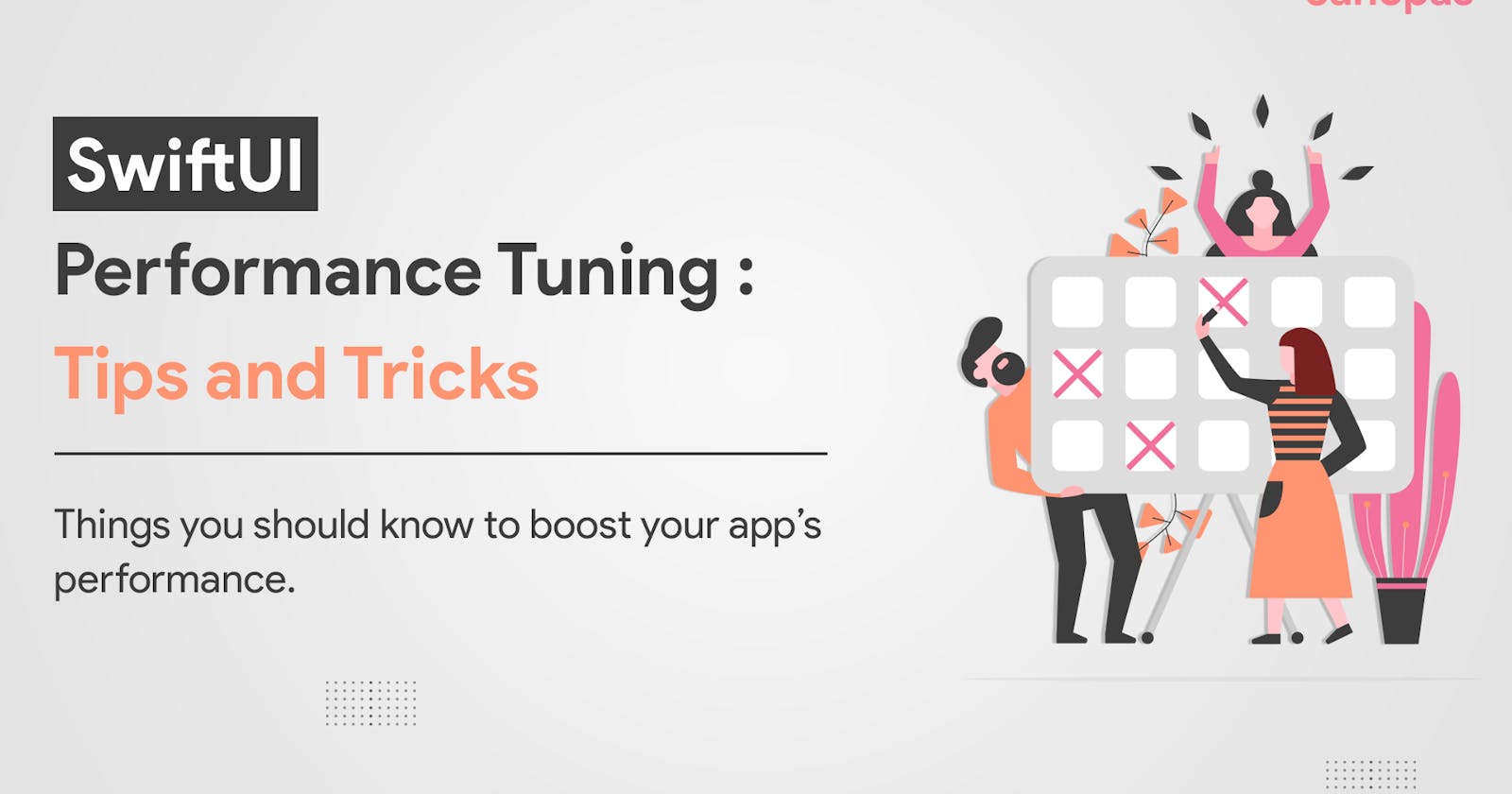How to improve the performance of your SwiftUI iOS app?
Want to improve the performance of your SwiftUI app? We've got you covered.
SwiftUI is a powerful new framework for building user interfaces on Apple platforms.
It’s a declarative framework, which means you can define the desired state of your user interface and the framework takes care of updating the views to match the state.
This can make it easier to write and maintain your code, but it also means that you need to be mindful of how you use the framework to avoid performance issues.
SwiftUI has been around for almost 3 years now, and during this period, I have noticed a few things that can impact its performance, the mistakes every developer should avoid.
In this post, I’ve tried to cover a few important tips that we can take care of for SwiftUI app performance.
Use structs instead of classes for your data model
SwiftUI works best with value types (such as structs) because they are easier to work with and can result in better performance. When possible, try to use structs instead of classes to store your data and pass it around your app.
This can be more efficient than using classes, which are reference types and require more memory management.
Use lazy stacks and grids when appropriate
Lazy stacks and grids are efficient ways to display large lists of views, as they only create the views that are currently visible on the screen.
This can help improve the performance of your app, especially when displaying large lists of views that are expensive to create.
Check out our blog for more tips and tricks to boost the performance of your SwiftUI iOS app.
